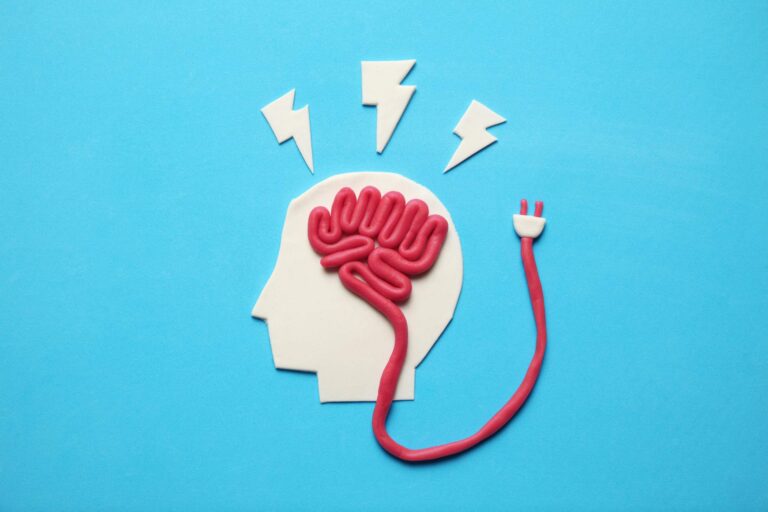“`html
When plans go awry, it’s common to notice all the things that went wrong. This gratitude practice aims to change that trend.
Often, when we feel stuck, we tend to focus on the negatives and overlook the positives. This gratitude practice is intended to shift that perspective; its goal is to boost feelings of optimism. Numerous studies have shown that making this small adjustment can improve mood, strengthen relationships, and even promote better physical health.
A 10-Minute Gratitude Practice to Observe, Transform, and Rewire
Audio recorded by Priti Patel.
1. Start by finding a comfortable spot. You can either close your eyes or maintain a soft gaze. Ensure you’re seated comfortably and try to keep your spine straight. To achieve an ideal seating position, gently sway back and forth or side to side until you feel balanced. Let your body relax into position.
2. Take several slow breaths. Allow your breath to flow naturally without trying to control it. Relax and release any tension or stress. Invite a sense of calm, being both grounded and attentive.
3. Begin by taking note. Observe your current state of mind. What mood are you experiencing now? How do you feel in this moment? Try to notice without labeling your feelings as good or bad.
4. Next, let’s shift by reflecting on everything in your life that you’re thankful for. Appreciate the people and events that brought you to this moment. Express gratitude to your parents and grandparents. Acknowledge the opportunities you’ve encountered, including education, travel, and work.
5. Think about the health of your mind and body. Be grateful for your physical well-being. Appreciate your intellect and the skills you possess. Now, recognize the people around you—your immediate family, extended relatives, friends, and coworkers. Thank the mentors who have supported your personal growth.
6. Now, consider your appreciation for the planet. Reflect on the water, food, and air that nourish you daily. Choose one thing you feel particularly grateful for at this moment. Allow your body to relax completely.
7. Let’s dive deeper into gratitude with a brief visualization. Picture someone special to you—this could be a parent, partner, child, or close friend. Visualize them vividly, remembering a moment of strong connection with them, whether recent or distant. Envision the scene: where you were, what you saw, and the time of day.
8. Try to recall the feelings you experienced during that moment. It could be love, contentment, or genuine connection. Notice any sensations or emotions that come up and allow them to flow without judgment. Don’t analyze; just let your feelings surface and fade.
9. Focus on one specific element of that moment that you are especially grateful for—the person, the environment, or your emotions. Let that sense of gratitude envelop you completely. Breathe a few more times while concentrating on this feeling.
10. Let’s solidify the benefits of this practice. Savor the feeling of gratitude for about 15 seconds to let it resonate. When you’re ready, slowly open your eyes and return to your surroundings. Move any stiff parts of your body as needed.
11. As you continue through your day, think about expressing your gratitude to the person you focused on in this practice—whether through a text, email, card, or simply a silent wish. Notice how this act of gratitude impacts your day.
How to Practice Gratitude
Practicing gratitude offers remarkable benefits, enhancing our mental well-being and improving relationships with others. Discover ways to cultivate appreciation in our mindful guide to gratitude.
Read More
“`


